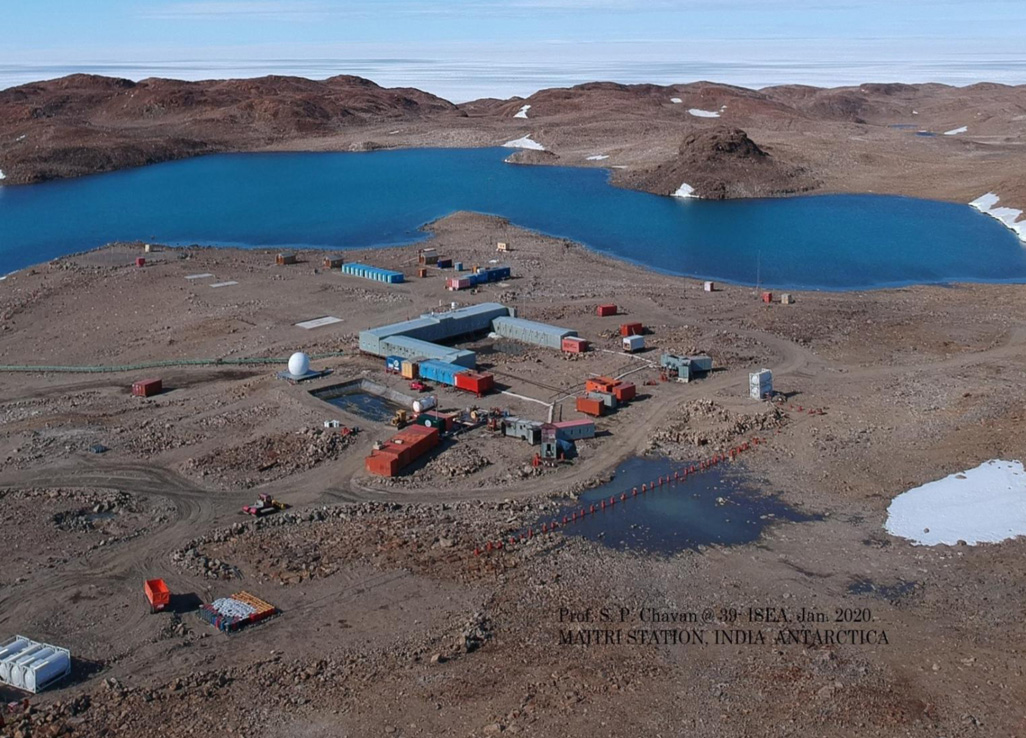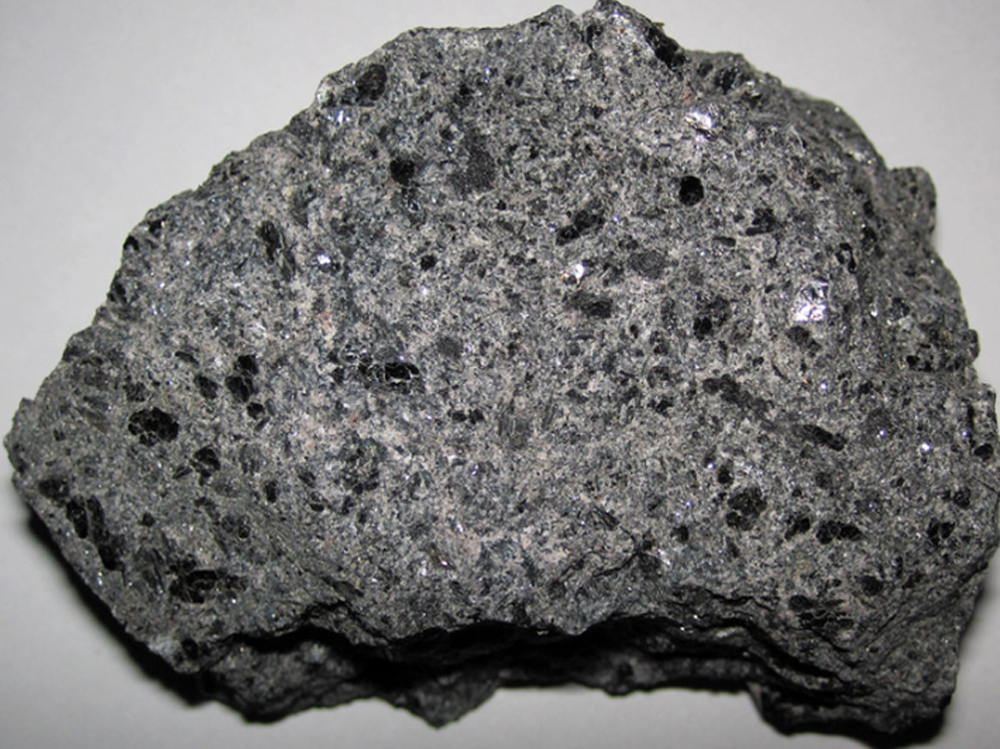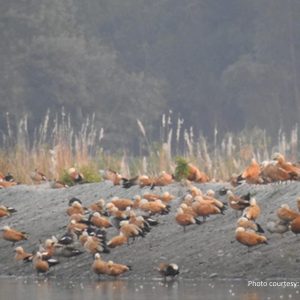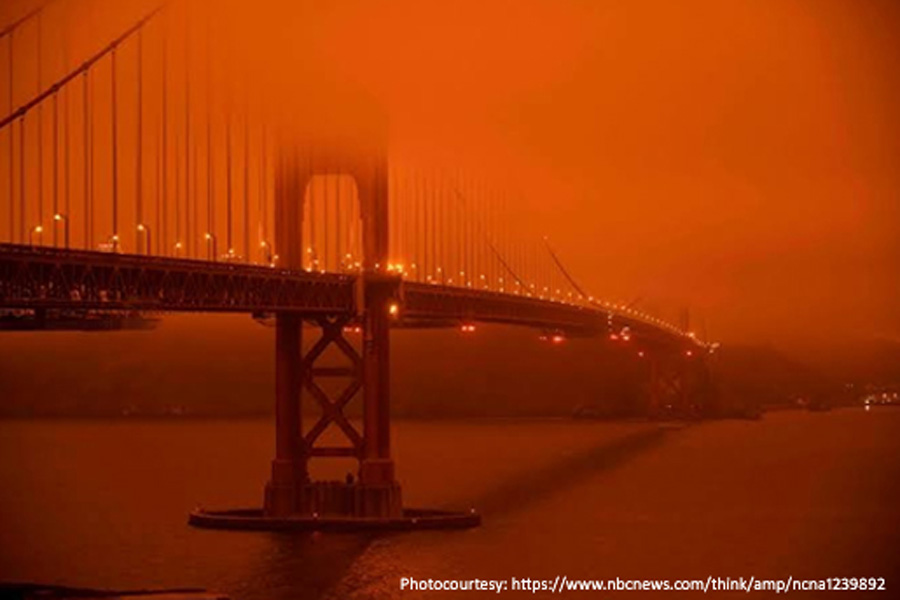Falling Oil Prices And India



India is set to embark on a new chapter in its Polar exploration journey with the construction of Maitri II. The Indian government plans to establish a new research station near the existing Maitri ba...
.png )
The Deep Ocean Mission (DOM), approved by the Government of India in 2021 under the Ministry of Earth Sciences (MoES), represents a strategic step in realizing Sustainable Development Goal 14 (SDG 14:...

China recently announced restrictions on the export of seven rare earth elements (REEs), soon after US President Donald Trump decided to impose tariffs. As the world's dominant supplier—responsible fo...
Fluctuation in demand supply equilibrium and inaction of OPEC countries is affecting global oil prices though India’s under-recovery refineries are benefitting from the fall in crude oil price.
Located in the Dehradun district, the Asan Conservation Reserve is the 38th Ramsar site in India and first in the state of Uttarakhand. It is a human-made wetland, which has resulted due to the Asan B...
A new paper by British climate writer, Paul Homewood says that average temperature rise in the USA is not alarming. Based on the data received from the NOAA, it claims that there has been little or no...
Scientists have identified 35.3 per cent terrestrial areas beyond current 15.1 per cent protected areas around the world to deal with biodiversity loss, climate change and Covid-19 like pandemic. One...
Fluctuation in demand supply equilibrium and inaction of OPEC countries is affecting global oil prices though India’s under-recovery refineries are benefitting from the fall in crude oil price.

Located in the Dehradun district, the Asan Conservation Reserve is the 38th Ramsar site in India and first in the state of Uttarakhand. It is a human-made wetland, which has resulted due to the Asan Barrage being put in place in 1967. The barrage, fed by the Asan River and several minor discharge channels of Yamuna, supports myriad endangered species of birds including two waterbird species—red-cr...

A new paper by British climate writer, Paul Homewood says that average temperature rise in the USA is not alarming. Based on the data received from the NOAA, it claims that there has been little or no rise in temperatures since the mid 1990s, summers were hotter in the 1930s than in any recent years, Hurricanes are neither frequent nor so powerful, and wildfires now burn only a fraction of the acr...
